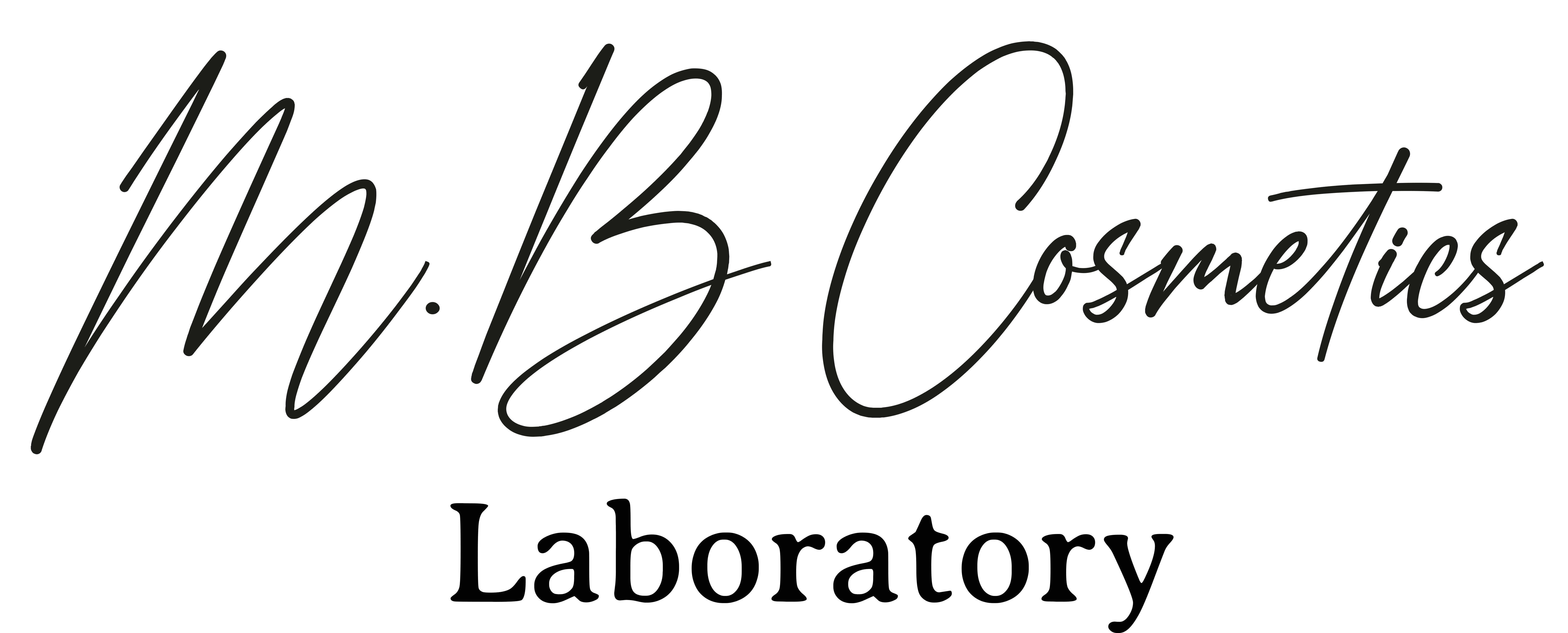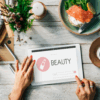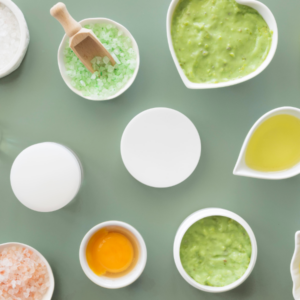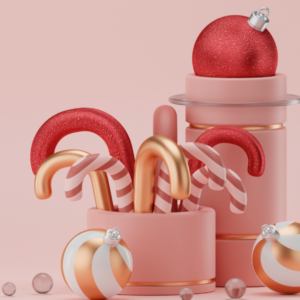Let’s stir up some magic in the lab with a hot, very hot, topic: greenwashing and natural claims in the cosmetic industry!
“Eco-Friendly”, “Planet-Safe”, “Biodegradable”, Climate-Neutral”, “Chemical-Free”, Self-declared symbols/seals, are just a few that could get you in trouble!
There is nothing “chemical-free” about a cosmetic product, and pretending otherwise undermines trust. Water is a chemical. Shea butter is a complex mixture of chemicals. Even the most artisanal botanical extract must be assessed and controlled with the same scientific discipline you would apply to a lab-synthesised active.
What greenwashing is (and why it backfires)
Greenwashing happens when brands use eco words that sound good but are vague or unproven. Think “eco-friendly” or “chemical-free”. It creates a rosy picture that the facts cannot support.
Why it hurts
Customers switch off when your promises do not match your proof. And there is legal risk. The EU’s new consumer rules are cracking down on generic green claims and homemade “eco” labels. Words like “environmentally friendly” are only acceptable when you can actually back it up.
Ditch buzzwords. Get specific and show your workings. This is exactly what EU consumer law expects and it performs better in retailer reviews every time.
Greenwashing is not just a PR issue. It can block listings and kill conversion. Anchor your environmental and “natural” stories in recognised standards and solid evidence. Your copy will read cleaner, convert better and stand up in audits.
First principles: natural, nature-derived and how to measure “how natural” you really are
If you want to call a product natural or publish a % of natural origin, anchor it to a recognised system. The industry reference is ISO 16128. It does two things:
- it defines ingredient categories (natural, naturally-derived, mineral, organic, etc.); and
- it explains how to calculate indexes at ingredient and product level (natural index, natural-origin index, organic index, organic-origin index).
Working with ISO 16128 does not make a product safe by default. It simply tells you how to count “naturalness”. Safety, performance and compliance still need to be designed and proved. That is where the rest of this playbook comes in.
The key ISO 16128 terms
- Natural ingredient
Obtained from plants, animals, micro-organisms or minerals using physical processes (pressing, distillation), fermentation, or other procedures that do not intentionally chemically modify the substance. In ISO maths, these typically carry a natural index = 1. Examples: shea butter, jojoba oil, water, clay, ethanol from fermentation. - Derived-natural ingredient (aka natural-origin ingredient)
An ingredient manufactured from natural starting materials via defined chemical and/or biological processing. In ISO maths, it gets a natural-origin index between >0.5 and ≤1, depending on how much of its carbon/structure is from natural feedstocks. Examples: coco-glucoside, glyceryl stearate, propanediol from corn, plant-based glycerin. If it is fully bio-based, its index can be 1; if partly petro-based, the index is between 0.5 and 1. - Mineral and derived-mineral ingredients
Minerals (e.g., zinc oxide, mica) are “natural”; certain treated minerals are “derived-mineral” with a calculated index. - Organic ingredient (ISO sense)
An ingredient certified organic to an accepted farming standard. ISO allows you to compute an organic index and an organic-origin index but it does not set certification rules and it does not equal COSMOS/Ecocert labelling.
What ISO 16128 does not do: It does not set a legal threshold for calling a product “natural” or “organic”, and it does not tell you how to label in the EU. It purely standardises the way we quantify origin to make it easier to compare like-for-like.
Sourcing like a scientist
A natural claim is only as strong as your raw materials. You need to know what you source by looking at the INCI of your selected ingredients. Your plants may be extracted in water and glycerin but if they are preserved with phenoxyethanol and you missed it in your research, you can no longer claim your formula to be fully natural. There is nothing wrong with including phenoxyethanol in your formulas, but it would become wrong if your claims are not truthfully representing your INCI list.
Source to a written technical specification that includes the INCI, solvent system for extracts, standardised marker compounds where applicable, allergens, residual pesticides where relevant, and heavy metals expectations for colour cosmetics. Ask for certificates of analysis and if you work with essential oils or complex botanicals, confirm batch-to-batch variability so you know what colour/scent variations you could expect.
Standardisation is not anti-natural. It is how you keep a lavender in May from behaving differently to a lavender in November. It’s why your standardised willow bark extract always contains the same percentage of salicylic acid. A non-standardised willow bark extract can have variable levels of salicylic acid, non-controlled and non-checked by extract manufacturers. Whereas a standardised extract for certain constituents will make sure that you get these constituents in the same range, batch to batch.
Preservation and safety for natural formulas
“Preservative-free” can often be misleading. If a product contains water or will be used with wet hands, it will need to be preserved. And while there are certain preservatives that are not ‘officially’ considered preservatives, if they are used as such, you cannot claim ‘preservative-fre’. Nor should you want to claim this if your product is at risk of microbial growth. Having a good preservation system protects your consumers!
The honest, compliant approach is to design a preservation system, then prove it works. Start by setting pH where your ingredients are effective; add a chelator to restrain trace metals that protect microbes (be careful as not all formulas perform well with chelators); reduce water activity where appropriate with humectants or anhydrous phases; and choose packaging that limits back-contamination such as airless or one-way closures. Validate the outcome with preservative efficacy testing (challenge testing) and monitor stability so the system remains effective over its shelf life.
Claims that sell and pass a regulator’s straight-face test
EU common criteria say claims must be lawful, truthful, supported, honest, fair and helpful to consumer decisions. In practice, that means your headline promise maps cleanly to evidence you already hold, your wording does not imply unsafe competitors, and your footnotes make sense to a shopper.
Safer wording vs risky wording
- Say “97% natural origin (ISO 16128)” rather than “all natural”
- Say “fragrance-free” or “essential-oil-free” rather than “chemical-free” or “non-toxic”
- Say “helps reduce the appearance of blemishes” rather than “treats acne”
- Say “colour-safe up to 20 washes” rather than “protects colour forever”
And have the proper documents and tests to back up your claims!
Bottom line: build the evidence first, then write the line. Precise language combined with testing converts better, sails through reviews and keeps you safely out of greenwashing territory.
Greenwashing in packaging claims
Packaging greenwashing happens when brands use vague promises like “eco-friendly” or “plastic-free” without being able to show proof.
Easy, safe claims that you can make for your brand:
- “Bottle contains 50% recycled plastic.”
Proof to keep: supplier certificate stating PCR percentage - “Jar is mono-material PP for easier sorting.”
Proof to keep: component list showing all parts are PP; supplier specs with material codes. - “We reduced plastic packaging by switching all our jars to glass”
- “Refill available for this moisturiser.”
- “Widely recyclable in most EU kerbside systems; check local rules.”
Proof: supplier material specs, plus references or confirmations from national recyclability guidance where you sell.
Claims to avoid
- “Eco-friendly packaging” → because no one knows what that actually means
- “Fully recyclable” → only if every component is recyclable in your markets; otherwise specify which parts.
- “Plastic-free” → only if all components truly contain no plastic (including liners, pumps, labels, seals).
Environmental claims
Environmental greenwashing is using big green words with no numbers, timeline or method behind them.
Easy, safe claim lines:
- “97% natural origin”
Proof to keep: ISO 16128 worksheet. - “Electricity from 100% renewable sources at our main site since 2024.”
Proof to keep: utility contract or supplier letter confirming renewable sources. - “Scope 1 and 2 emissions down 30% this year”
Proof to keep: simple year-on-year emissions table, method note (what you counted), internal sign-off. - “Shea butter from verified small co-operatives.”
Proof to keep: supplier declarations, purchase orders naming the co-ops, basic due-diligence notes.
Claims to avoid (or make precise)
- “Carbon neutral” → if you must use it, say what you reduced, what remains, which standard you used for offsets, and the year it applies to, then keep the certificates.
- “Non-toxic / chemical-free” → what does that mean? Everything is a chemical. What is considered toxic and by which standards? For example, phenoxyethanol may ‘sound’ toxic to you but has been deemed safe to use under 1% by scientific literature all over the world.
Bringing it all together
High-performance natural cosmetic products without greenwashing is an easily attainable goal and I hope this article has made it easier for you to know what to say or not to say about your brand and your products.
Always remember to
- Say exactly what changed or what you did
- Give a clear fact
- Name the method (e.g., ISO 16128 for natural origin)
- State the where/when, if applicable
- Keep simple proof on file: supplier certificates, specs, bills of materials, weights, invoices, test reports, method note.
Keep it specific, keep the paperwork and pass retailer reviews without drama.
If you would like a lab partner to help build your next natural product the right way, I’d be delighted to hear from you! You can email us at contact@mbcosmeticslab.com.
Here’s to formulas that work and brands that thrive!
From my lab to yours,
Rose.









Add comment